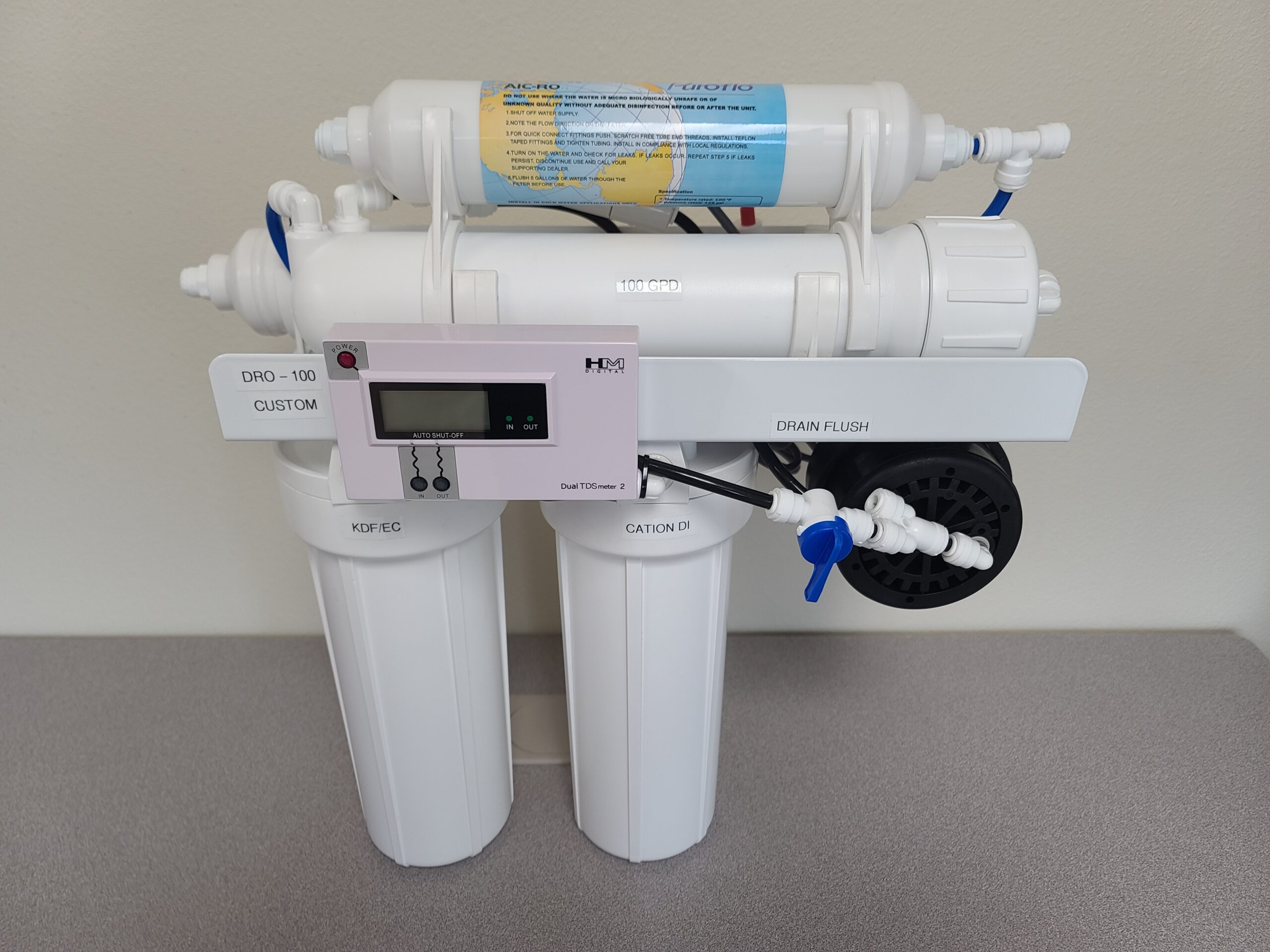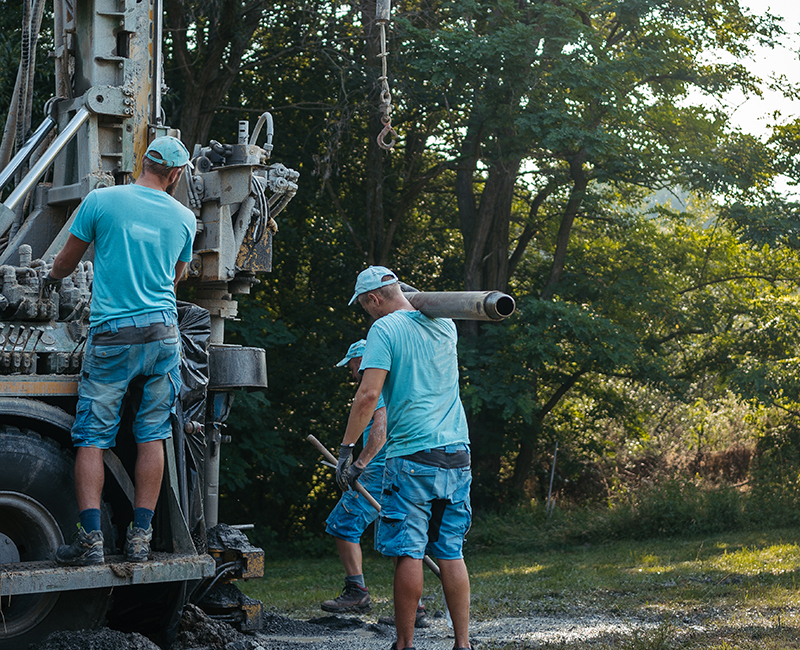A recent and extremely short comment by a patent office (USPTO) employee on a PBS radio station stimulated some thoughts and concerns. Her exposure to the patent process reveals that the vast majority are miniscule changes to existing products to protect an inventor or company in their marketing efforts. The sheer number of such applications is so high that the entire system has beenslowed down.
Since shortly after the US Civil War and continuing through the 1940’s, patents were often major, lifealtering ideas such as horse to cars, x-rays, electrical generation/transmission, human flight, radio, television, moving pictures, anti-biotics, anesthetics, steel production, splitting of atoms and the transistor to name a few. Thinking of each of these, virtually everything since has been an incremental development on one or more in relatively small steps.
History tells us that the vast majority of the life-altering ideas were conceived and developed by an individual with a passion and who prevailed after multiple failures until achieving success. Some such as Einstein were revered for their efforts and some such as Tesla were lost to posterity until recently. Each of them had in common with the others an imagination that fueled an idea that in-turn created their
passion.
If, as a society, we are to grow and prosper, we need to have a nucleus of people with imaginations to conceive the next life altering ideas and products. However, their activities are often stymied by such things as:
Educational System
In STEM institutions there is a need to follow a ridged progression of classes to maintain program certification. Further, professors and their assistants have minimal “real world” experiences and their career paths depend on outside grants and publishing that require adherence to set policies.
Einstein is said to have been dismissed from a university for not performing assigned chemistry experiments because results were already known and he wished to try new experiments.
Fear of failure
This not only is self applied, but can be peer applied if working within a team or for a corporation or an investor. Dr. Dyson of vacuum cleaner fame who himself was a prolific, multi-faceted inventor is alleged to fire engineers if they didn’t make a mistake after a year. He believed that
failures proved thinking outside of the box.
Thinking time
Looking off into space and clearing one’s mind of everything except a new concept should be encouraged by employers and professors alike. Unfortunately, it is too often mistaken for goofing off.
Corporate Culture
At the top management level, pay, bonuses and job security are determined in 3 month increments of pleasing stock holders so corporations are poor incubators for imaginative ideas.
This culture then permeates the entire staff and ideas suffer. Lip service is paid to R&D but acquisitions are the primary source of “new”.
Distractions
Sports, TV and 24/7 device connectivity certainly consume time that could be used for free thinking and, of course, can interrupt mid imaginative idea.
Private Funding
This can be an effective way for someone to obtain living expenses and concept development costs in the embryonic stages. If this is from friends and relatives it can progress smoothly. If from professional investors, however, their time demands and vision of the future seldom parallel that of the creative contributor and results in project collapse.
Not to totally despair. NASA puts out a monthly publication TECH BRIEFS that summarizes developments in medical devices, material sciences, propulsion, electronics, and spacecraft. Though the contributors’ design to a NASA needs, it’s refreshing to see one area where novel thinking is fostered and the imaginative minds are available.











